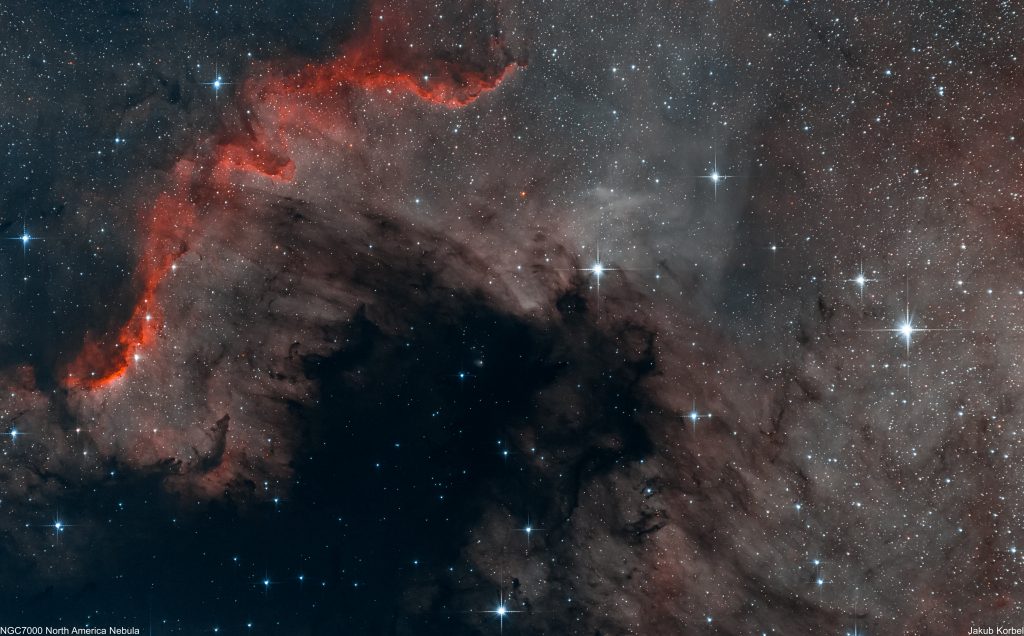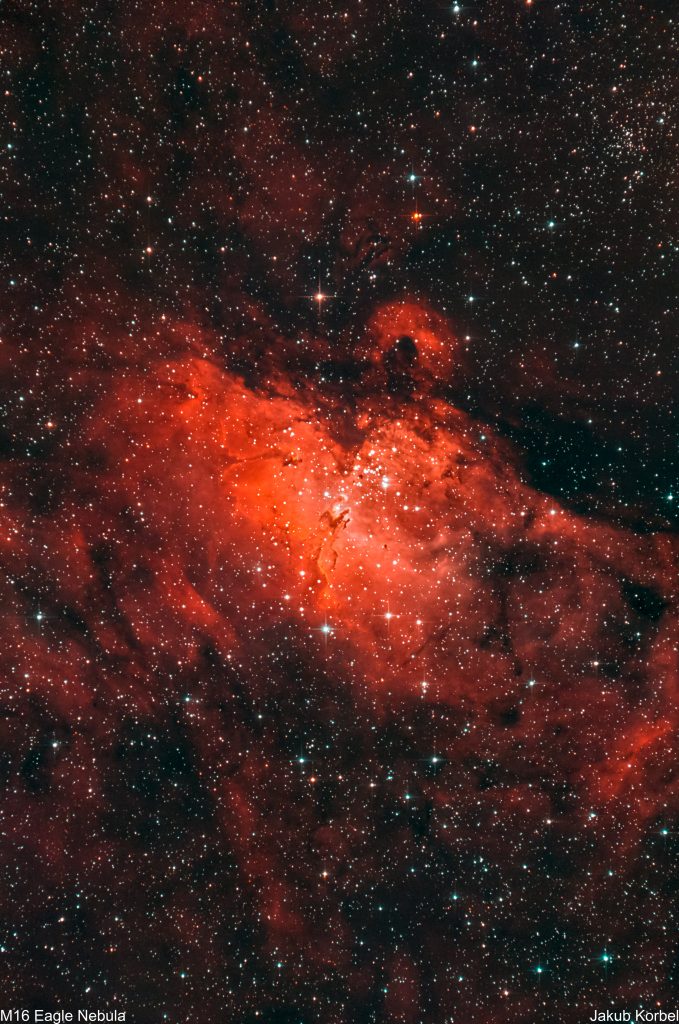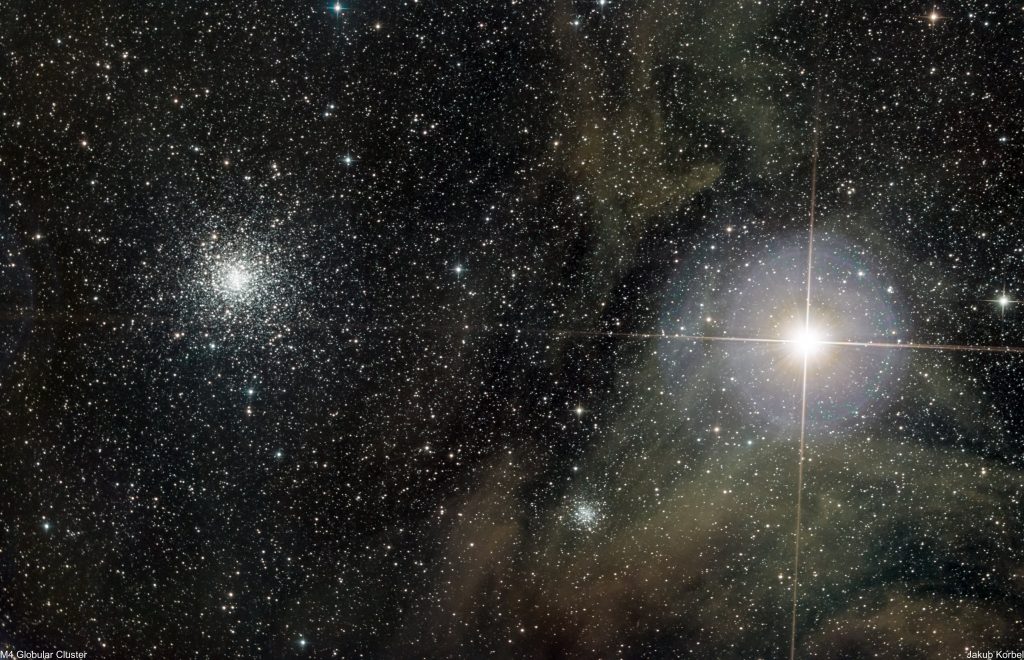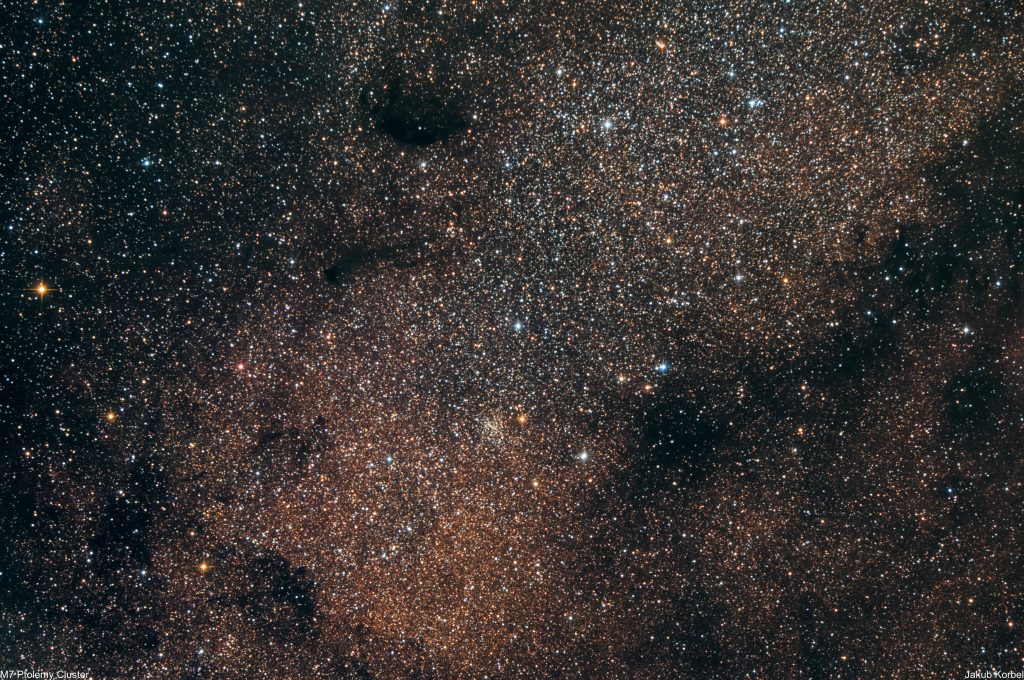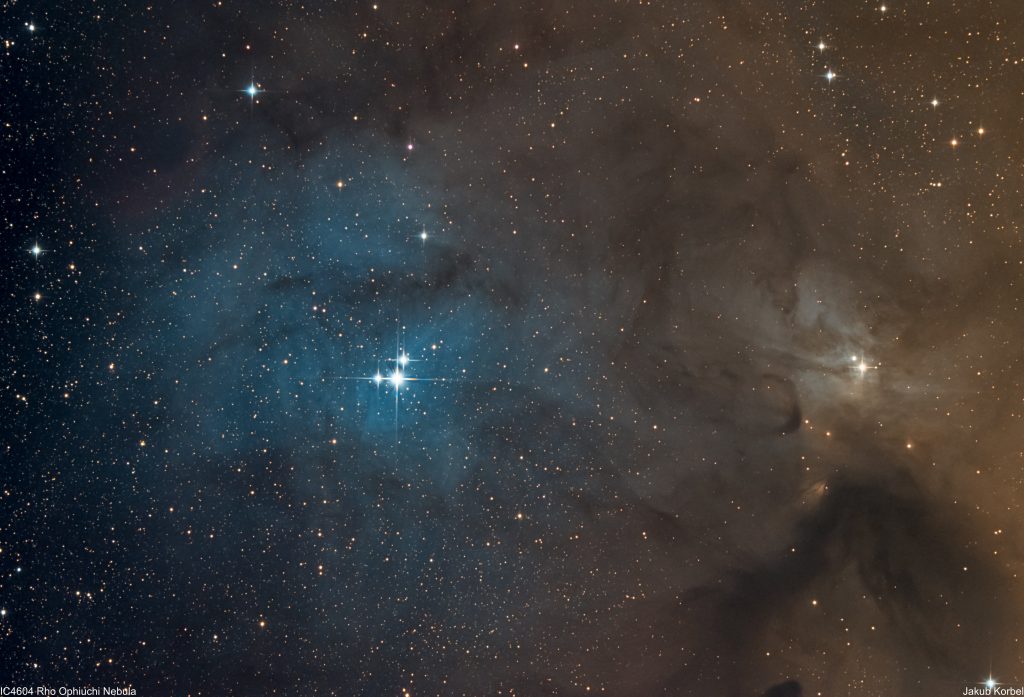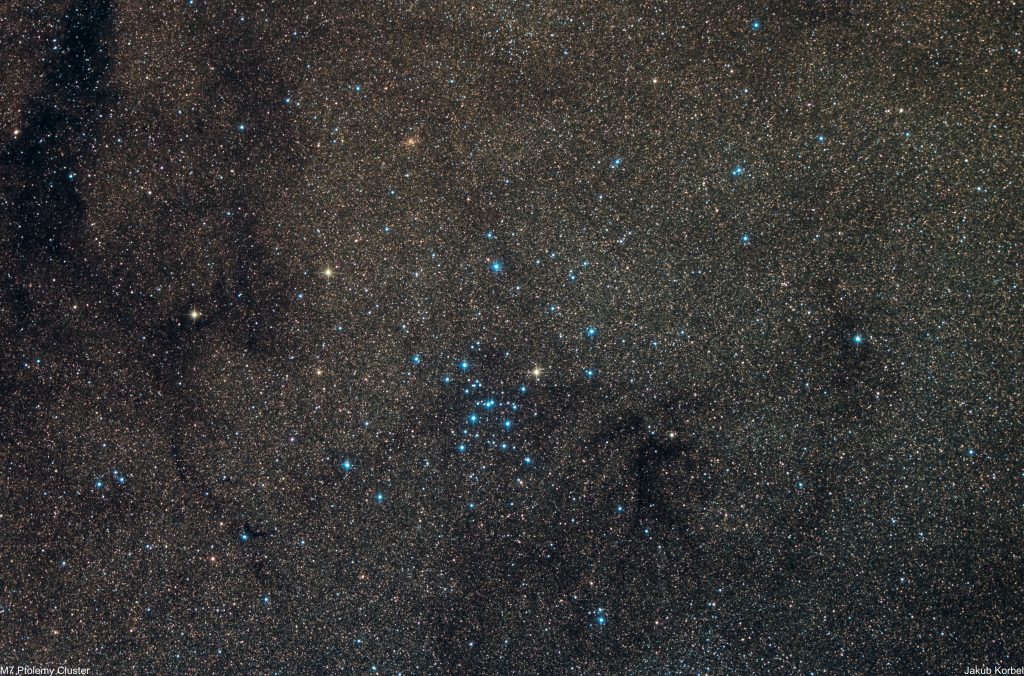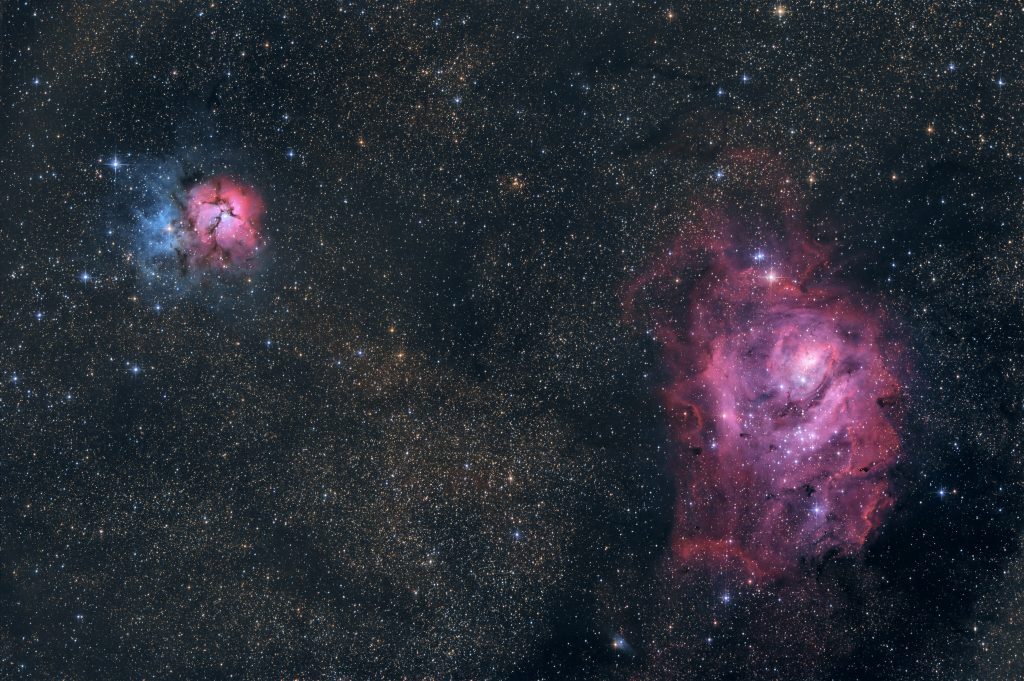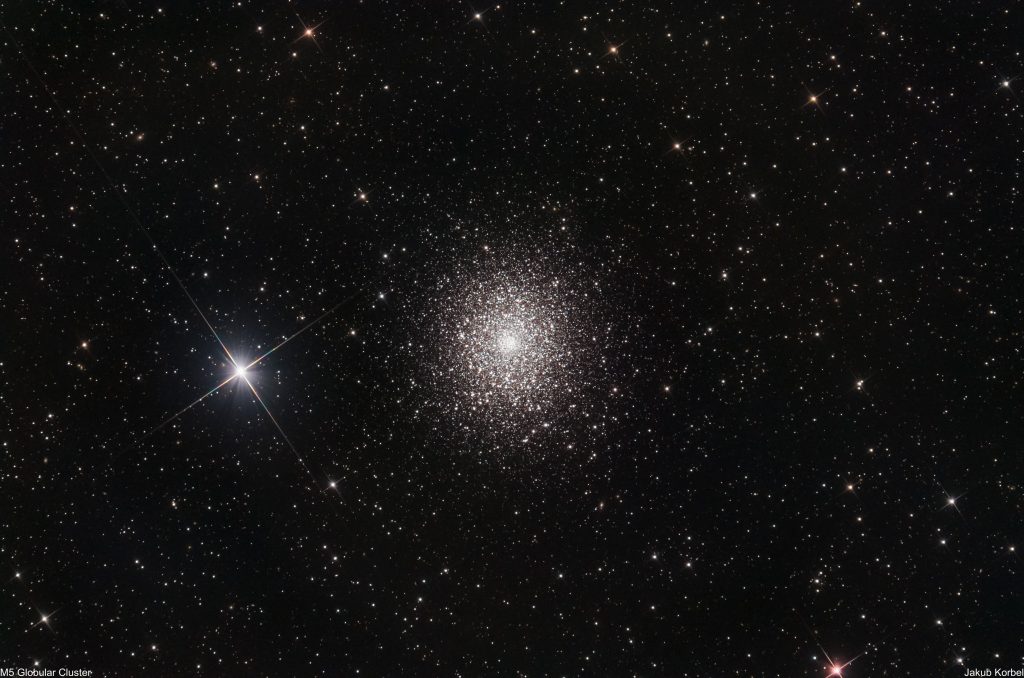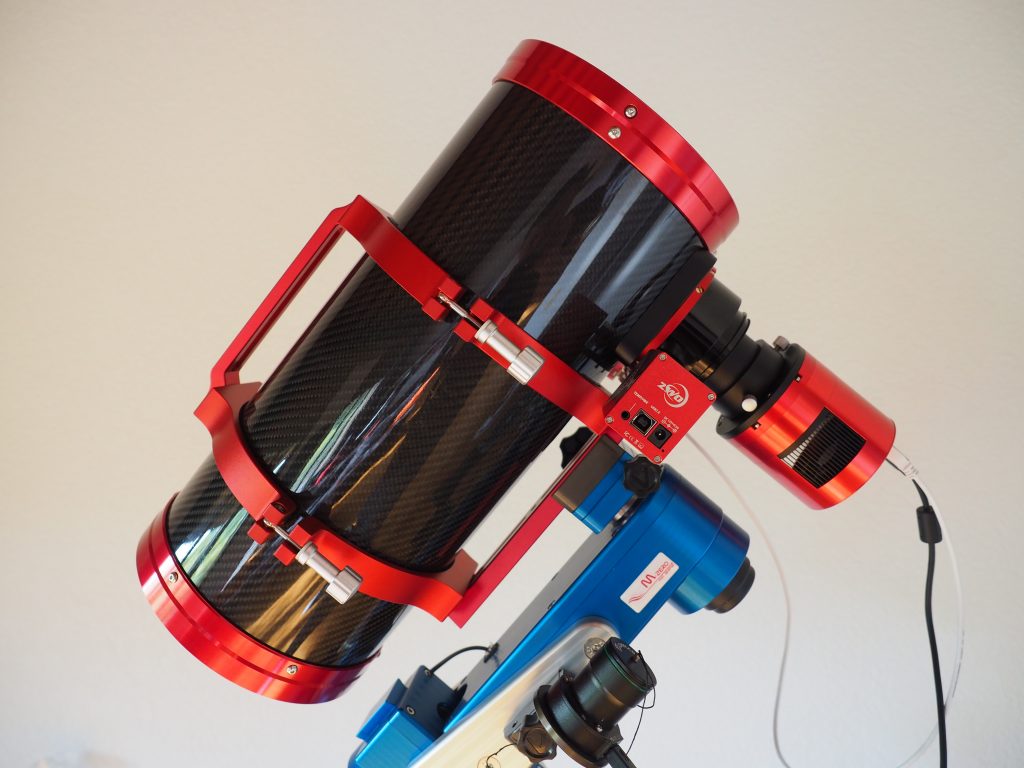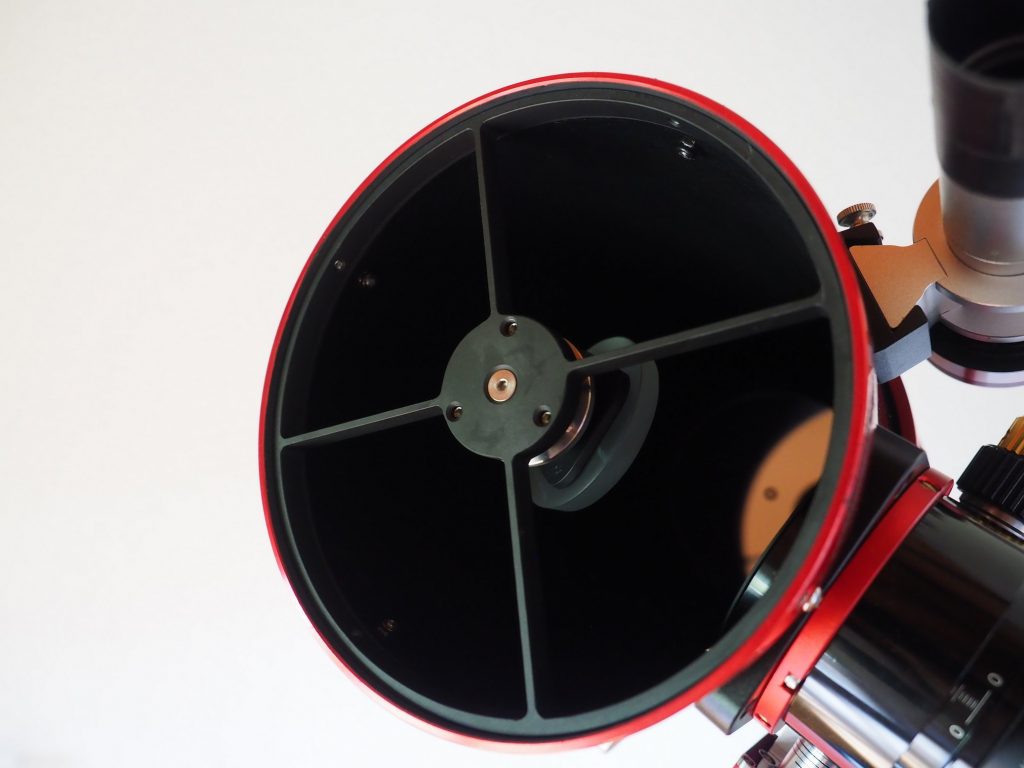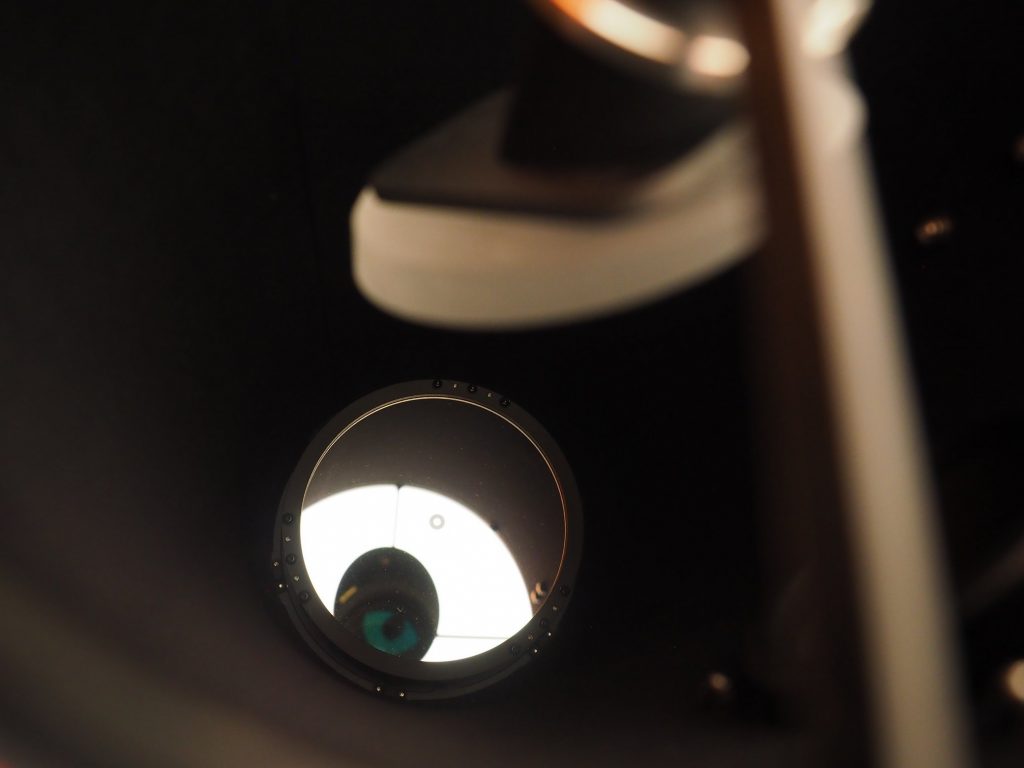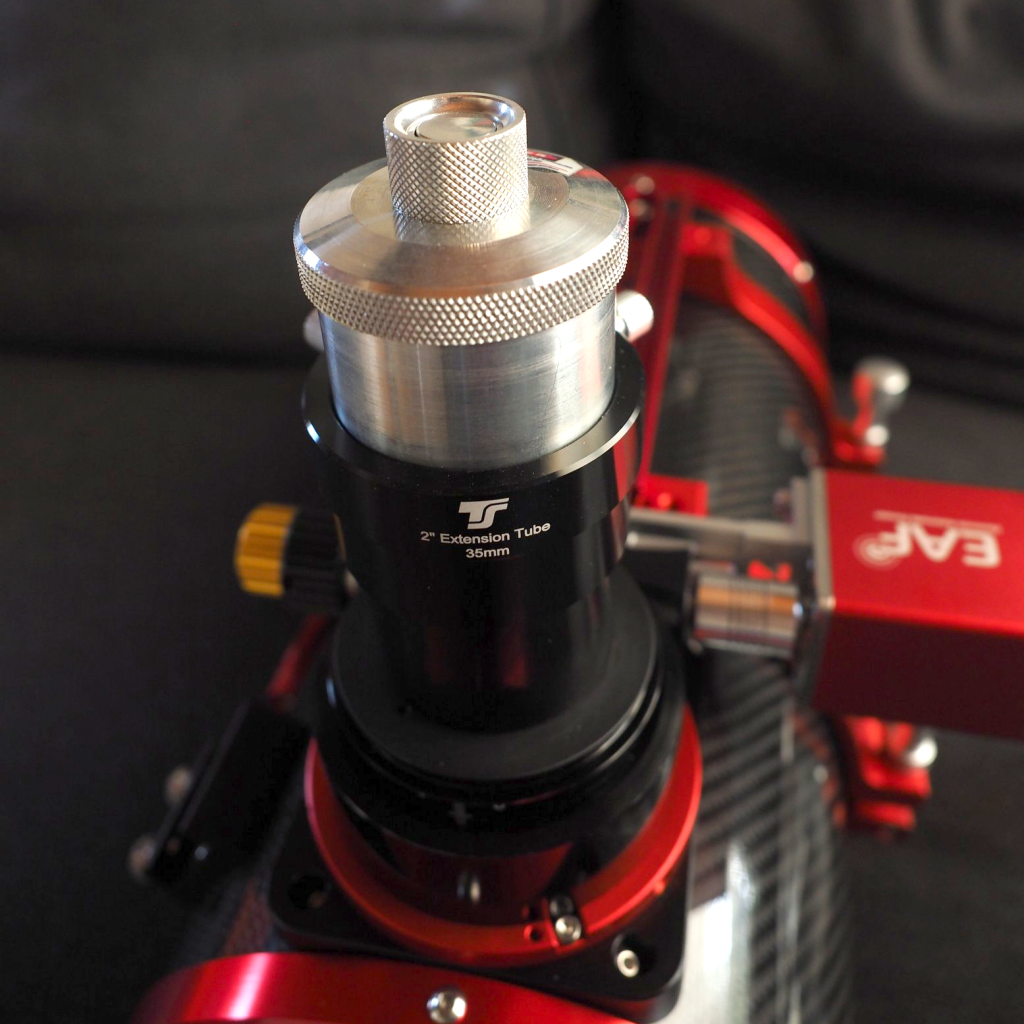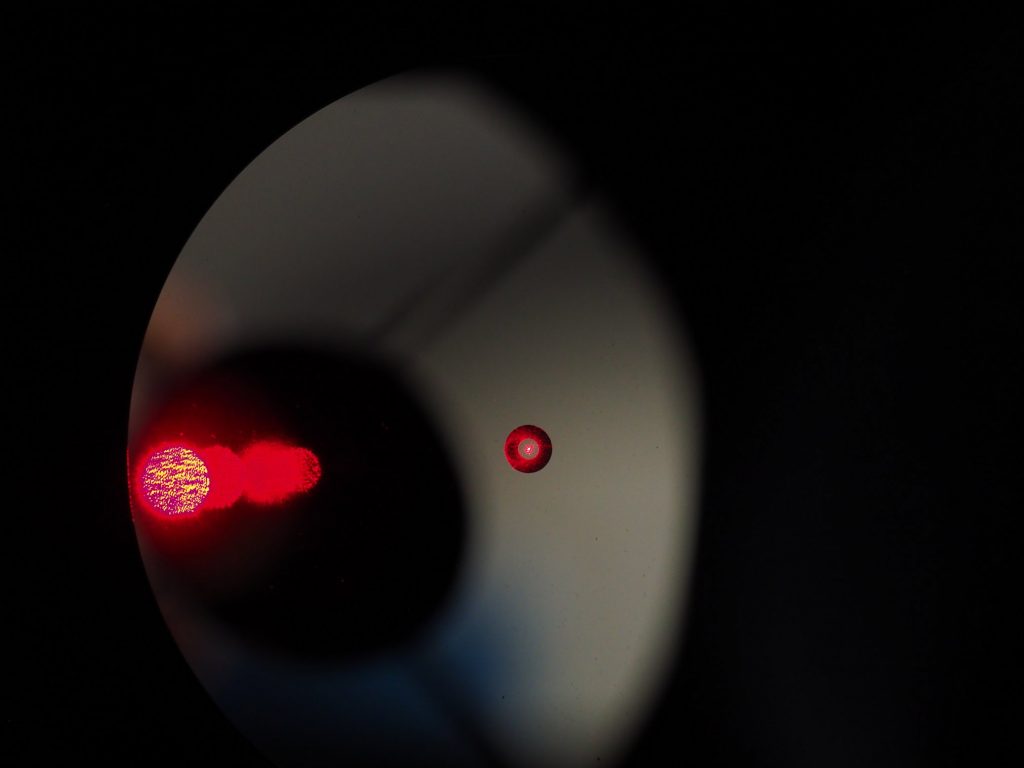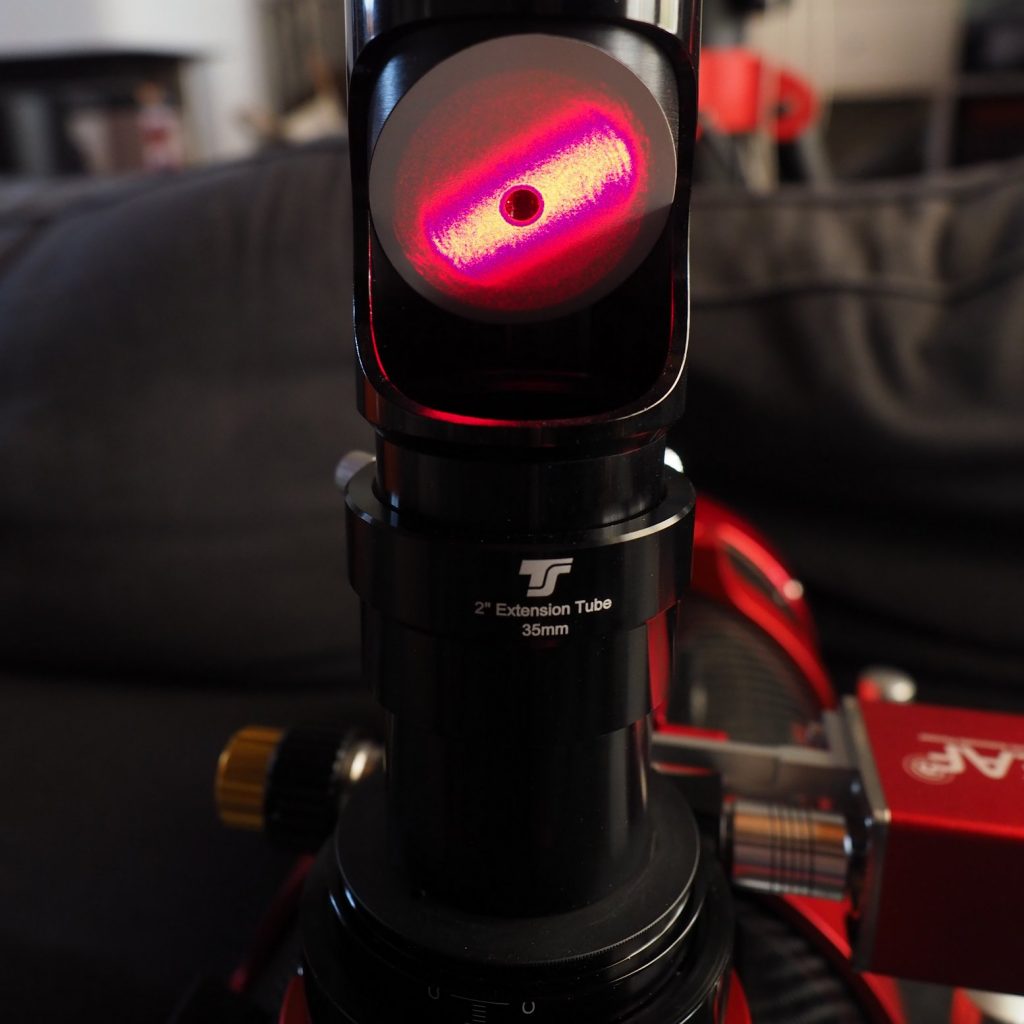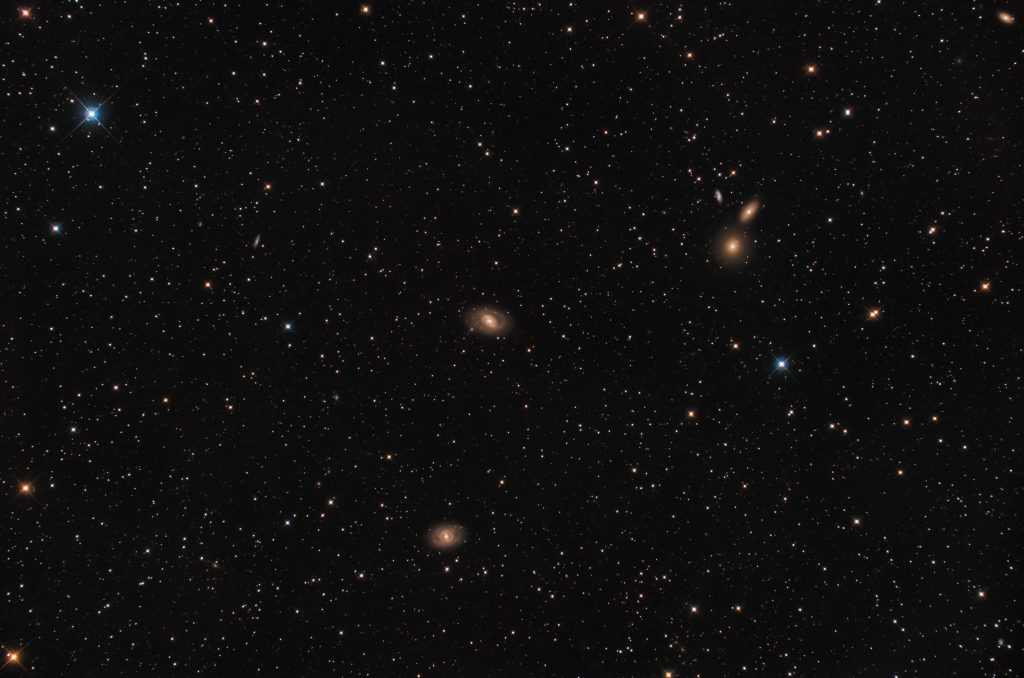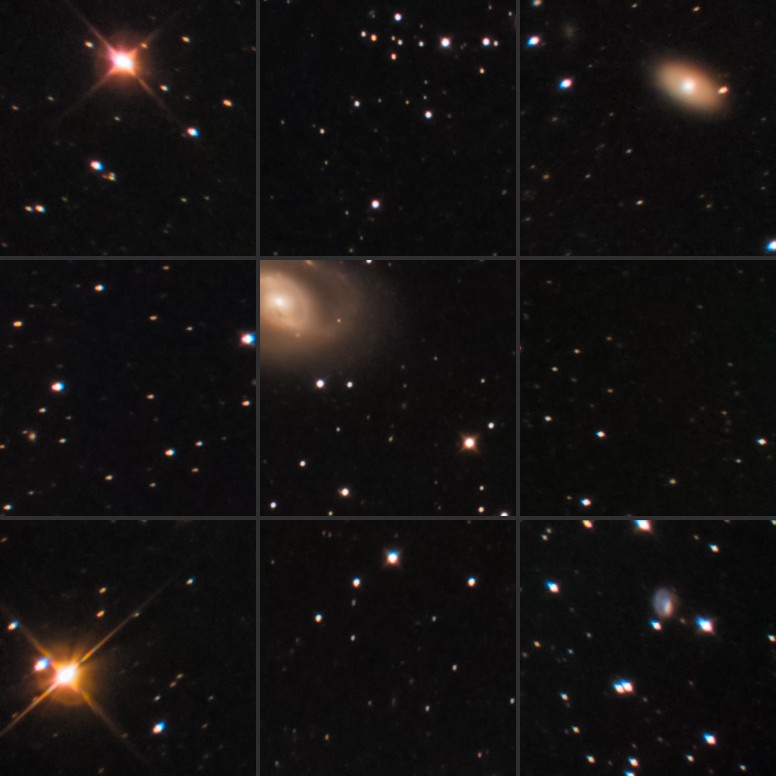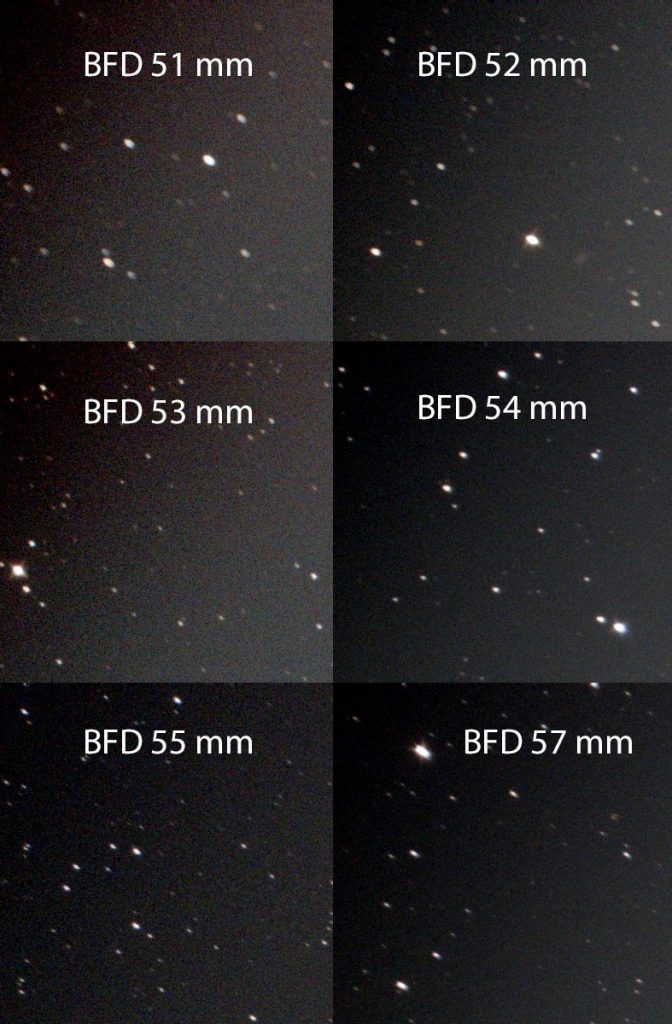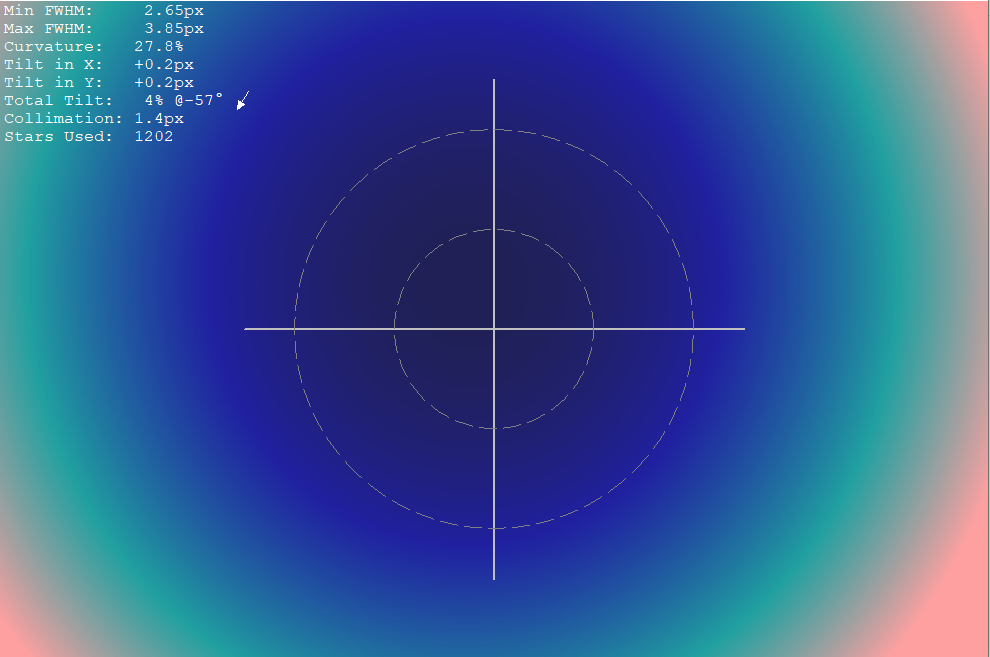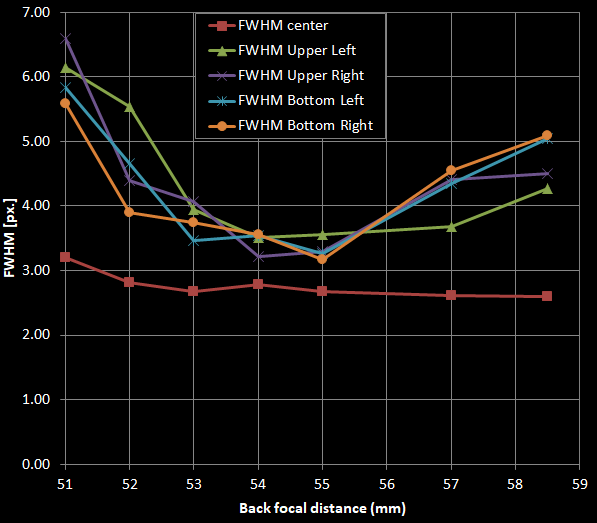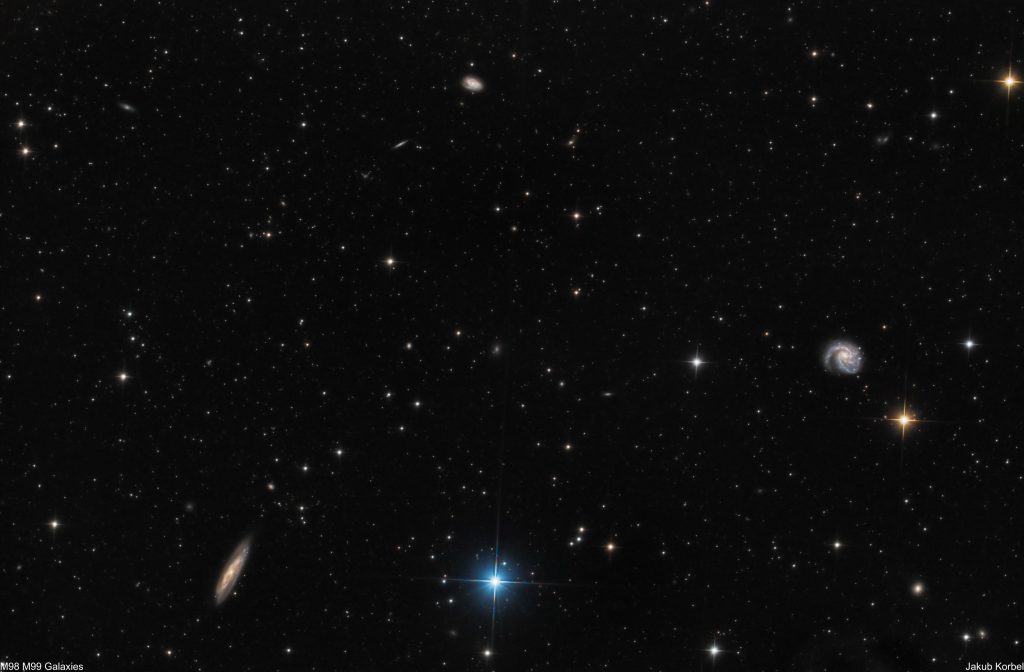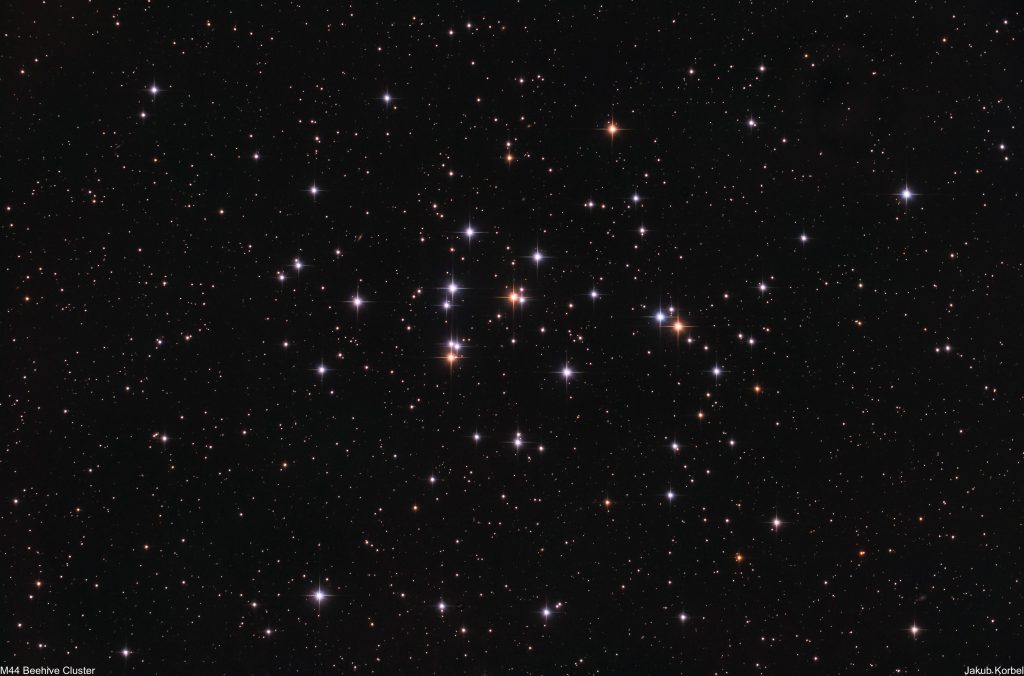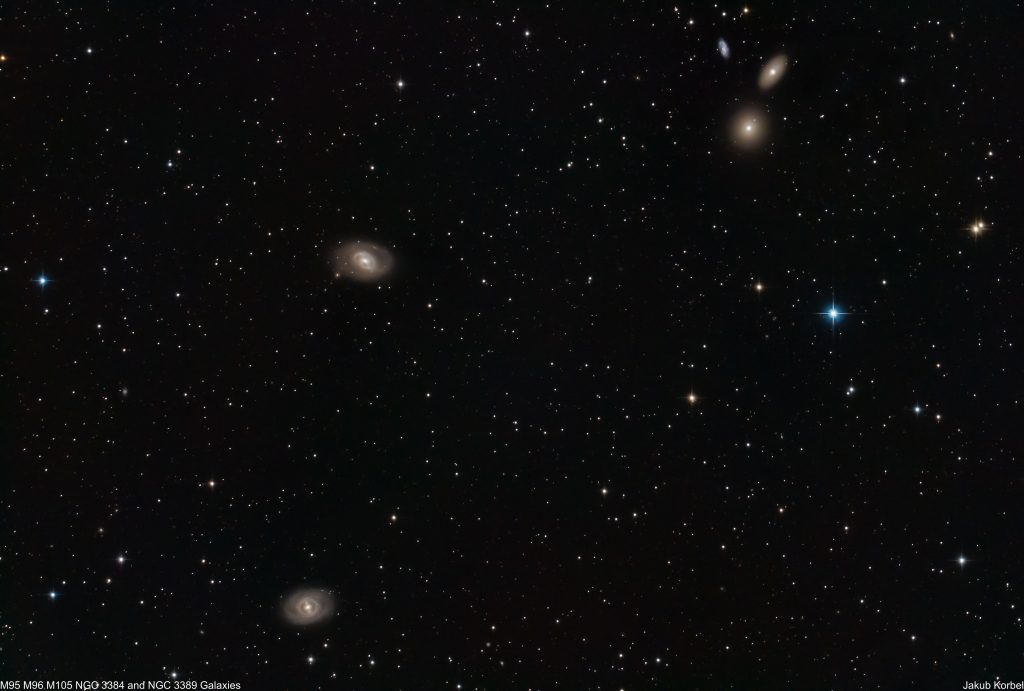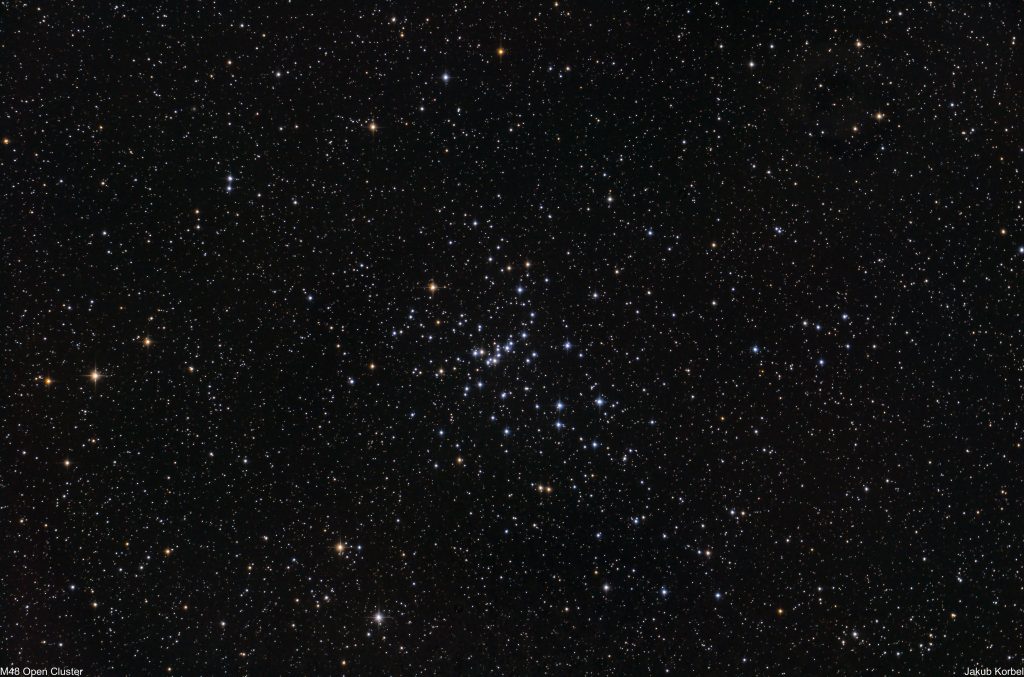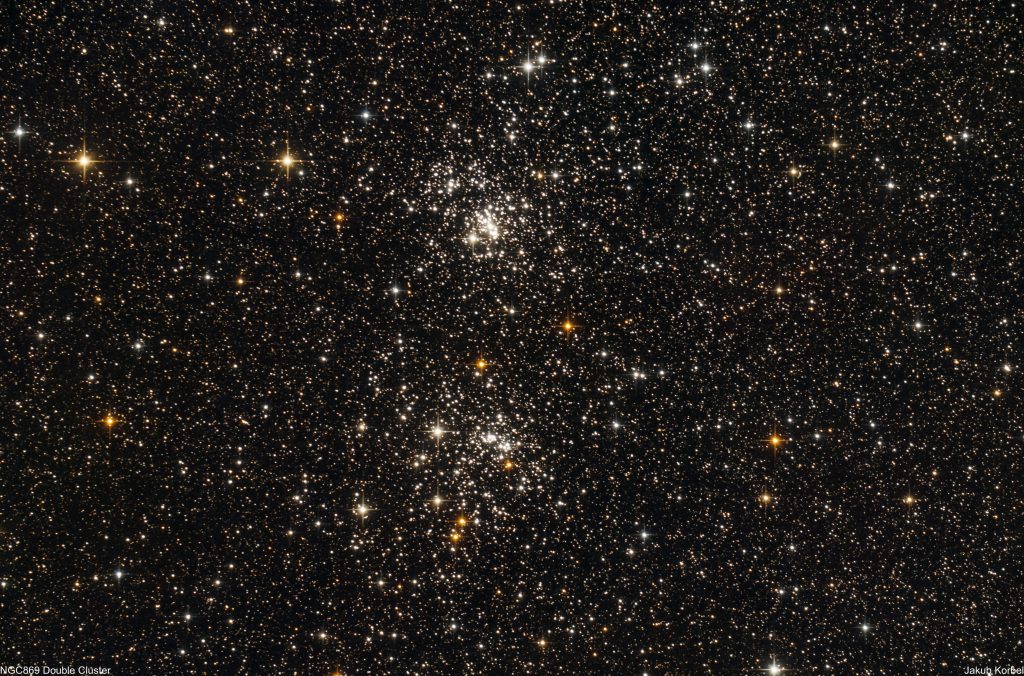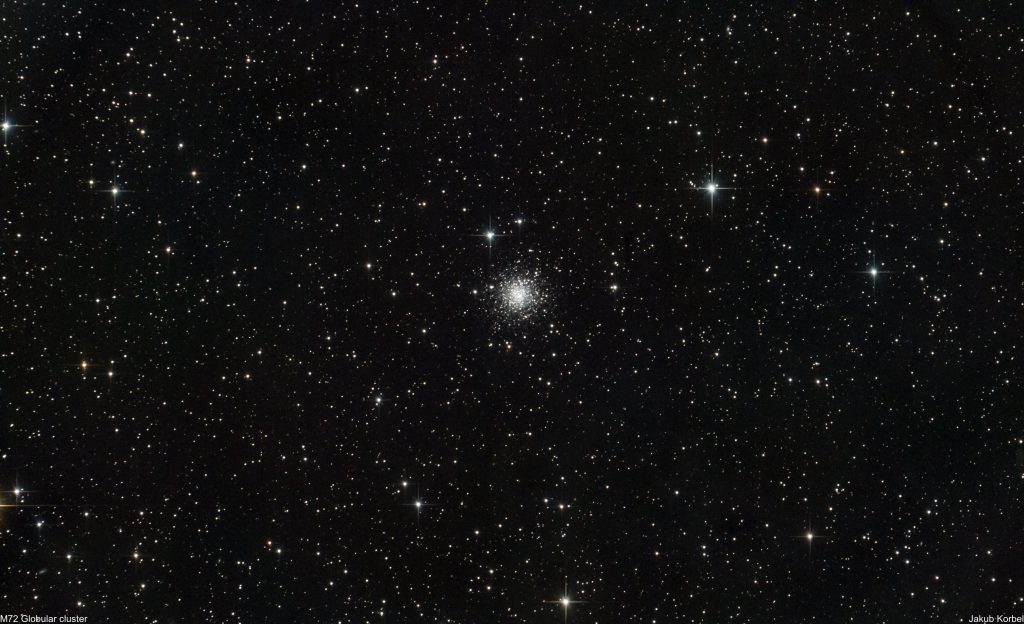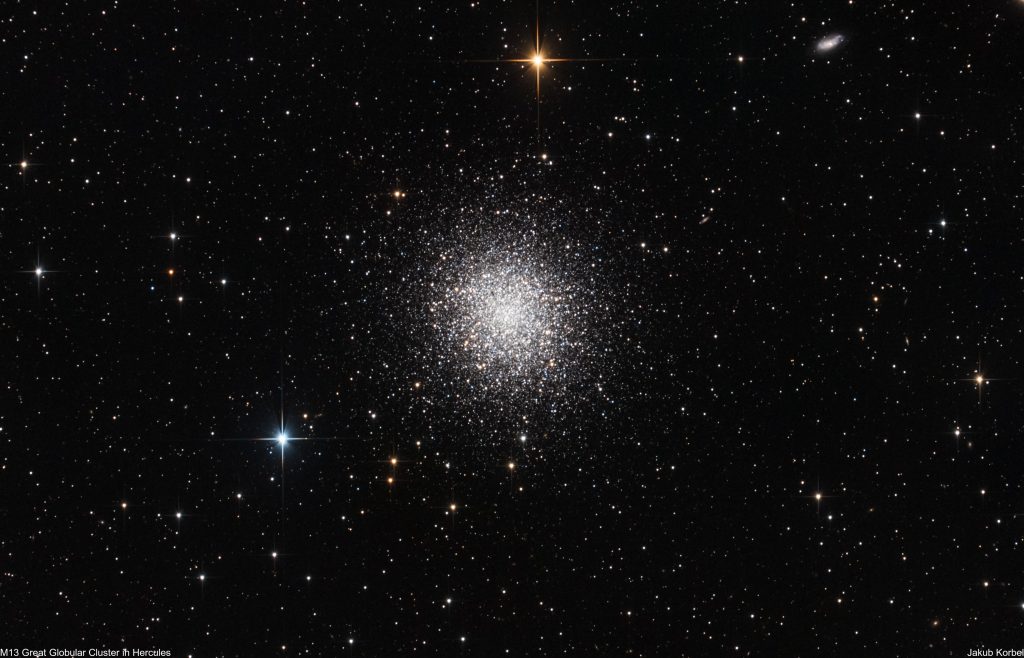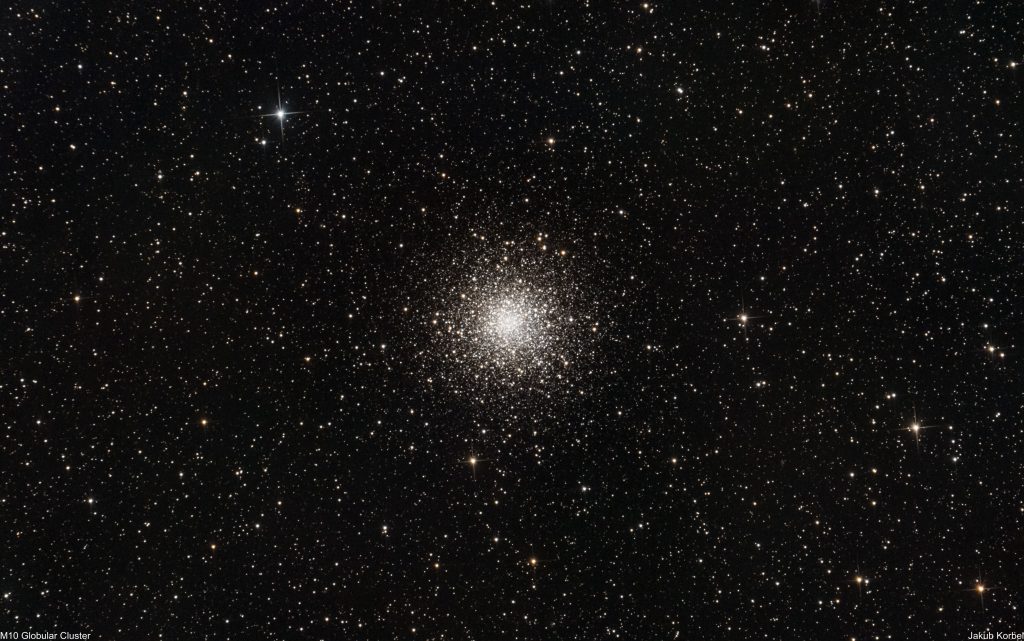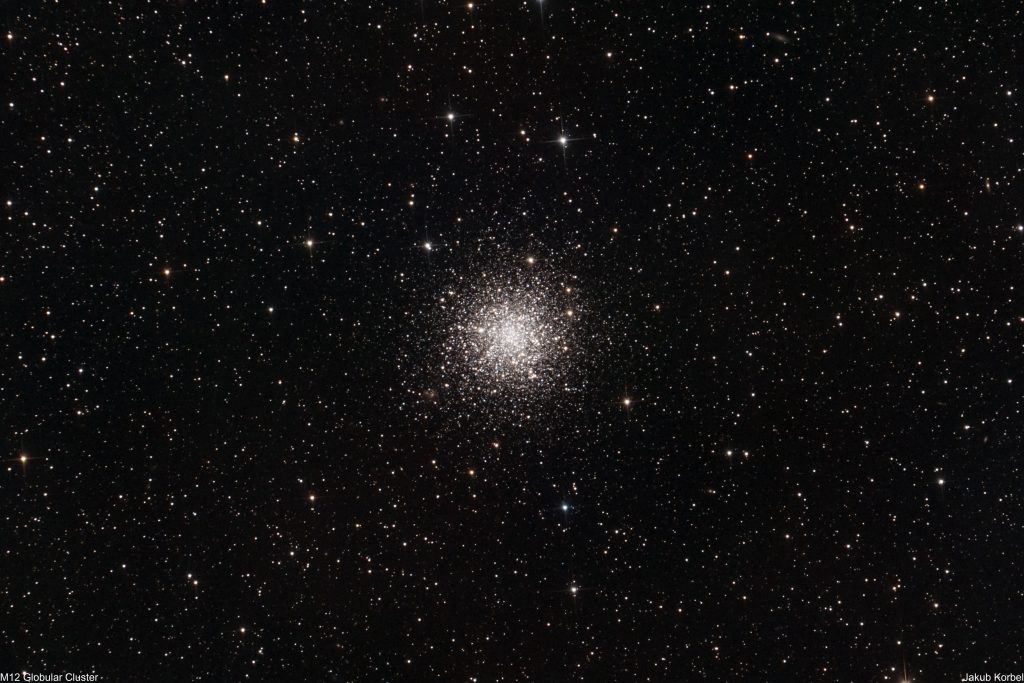Another cloudless night and I decided to test the IDAS NB1 filter again This time on Crescent Nebula, located in constellation Cygnus. The nebulosity was captured well and it’s comparable to the narrowband image I captured a long time ago. However, the bright stars are surrounded by ugly reflections. I am not sure it’s due to the MaxField coma corrector or the filter. Next time I will try with ExploreScientific coma corrector and we will see.
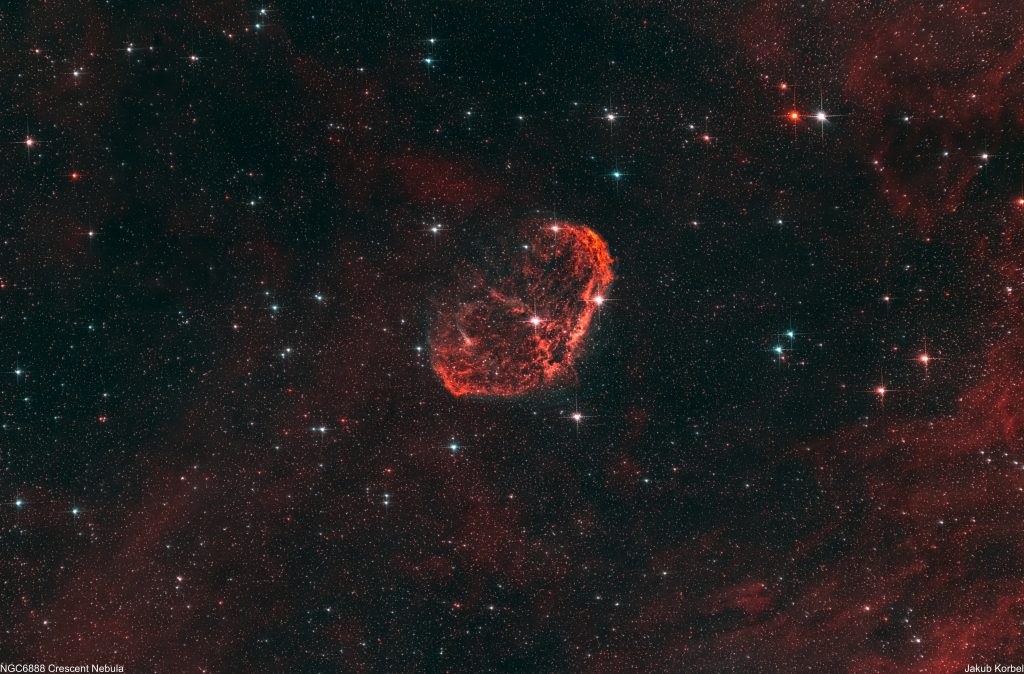
| Telescope | Newton 254/1000 mm |
| Aperture | 254 mm |
| Focal length | 950 mm |
| Mount | Gemini G53f |
| Autoguiding | ZWO 174MM, TS 60/240 mm |
| Camera | ZWO 071 Pro @-5°C |
| Corrector | MaxField coma corrector |
| Filters | IDAS NB1 Nebula Filter |
| Exposure | 103x180s, Gain 95, bin 1x1, |
| Date | 2020-08-20 |

